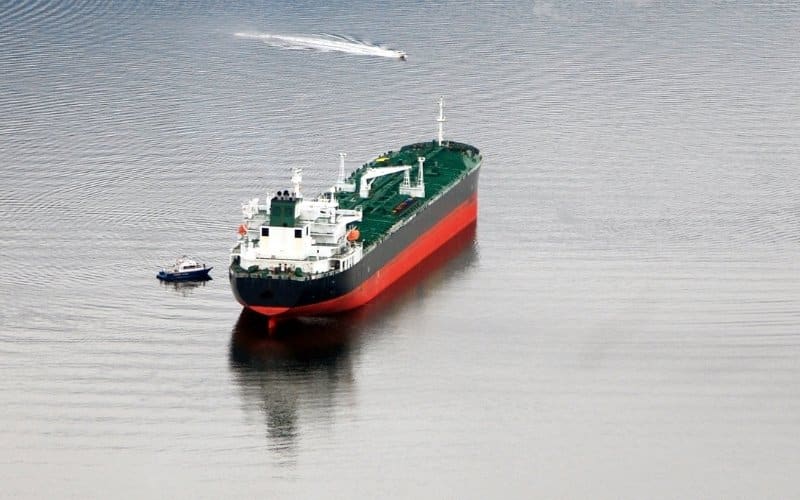

Crude oil tankers play an important role in the global oil industry. Tanker ships are the finest means of transport for unrefined crude oil products in mass quantity.
As tanker ships carry different grades of fuel oil in the same cargo tanks, it is important that the tanks are always washed before loading fresh cargo. If you work on a tanker ship or about to join one, it is important that you know everything about the crude oil washing operation on tanker ships.
Previously, oil tanks on crude oil tanker were cleaned by water, but this method of cleaning increased marine pollution and required bigger slop tanks to store leftover residue and oily water mixture.
In order to prevent this problem, a better non-pollutant way was introduced wherein oil cargo of the tank itself was used to clean the cargo tanks.


When oil cargo is sprayed with pressure on tank walls and surfaces, the sediments sticking to the tank dissolves and converts into useful cargo which can be pumped out to the shore tanks. This system virtually eliminates the requirement of slop tanks on ships and almost all cargo can be transferred to the shore. This process is known as Crude oil Washing or COW.
Crude oil washing was made mandatory under MARPOL Annex 1 regulation 13 which states that every crude oil tanker which is 20000 dwt and above must be fitted with COW system for every cargo hold tank.
To perform Crude oil washing in a correct and efficient manner every ship must have –
The operation can be divided into three phases wherein following checks must be performed-
Stop the COW operation immediately if you sense any kind of trouble such as failure of IG system or increase of O2 content and drop in the pressure of the cargo tank.
You might also like to read:
Disclaimer: The authors’ views expressed in this article do not necessarily reflect the views of The Marine Learners. Data and charts, if used, in the article have been sourced from available information and have not been authenticated by any statutory authority. The author and The Marine Learners do not claim it to be accurate nor accept any responsibility for the same. The views constitute only the opinions and do not constitute any guidelines or recommendation on any course of action to be followed by the reader.
The article or images cannot be reproduced, copied, shared or used in any form without the permission of the author and The Marine Learners.










We believe that knowledge is power, and we’re committed to empowering our readers with the information and resources they need to succeed in the merchant navy industry.
Whether you’re looking for advice on career planning, news and analysis, or just want to connect with other aspiring merchant navy applicants, The Marine Learners is the place to be.